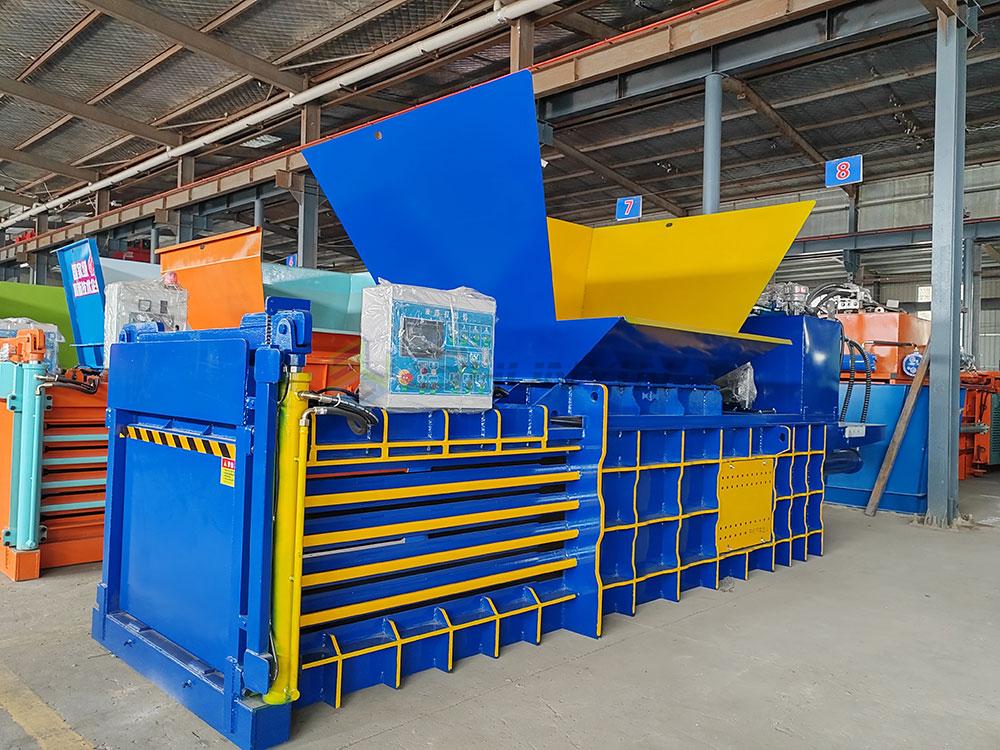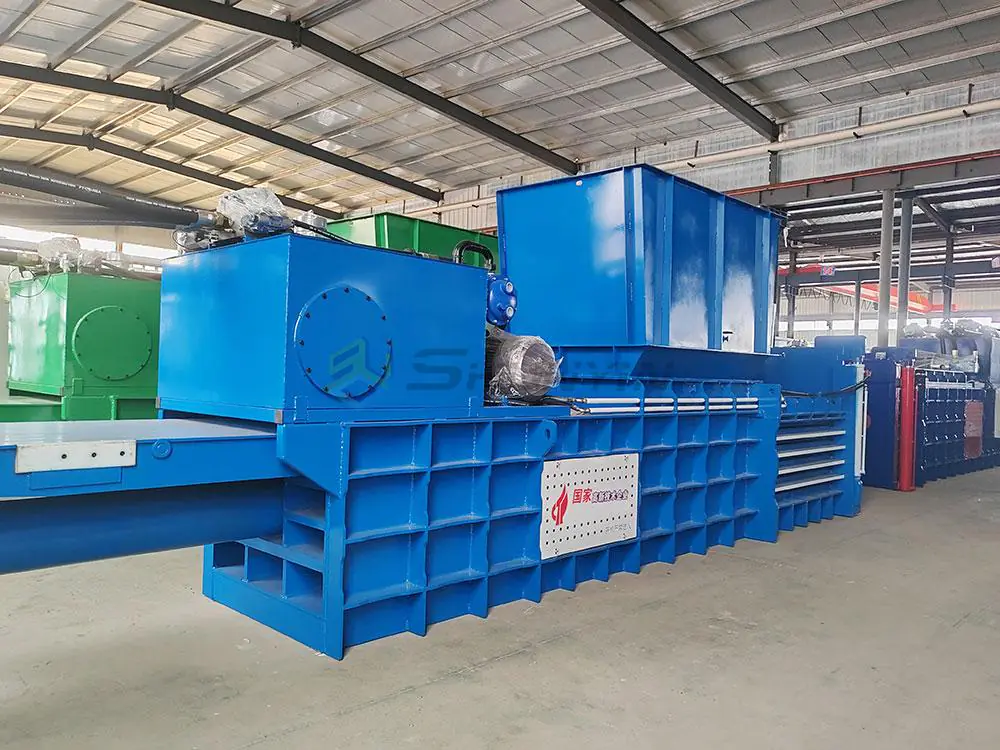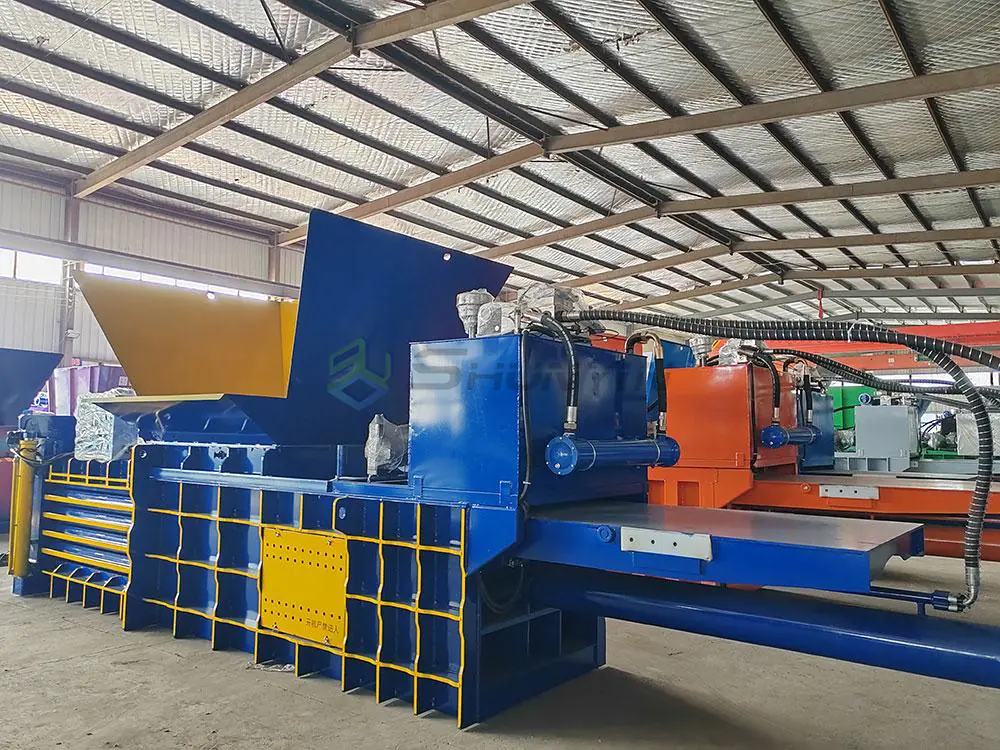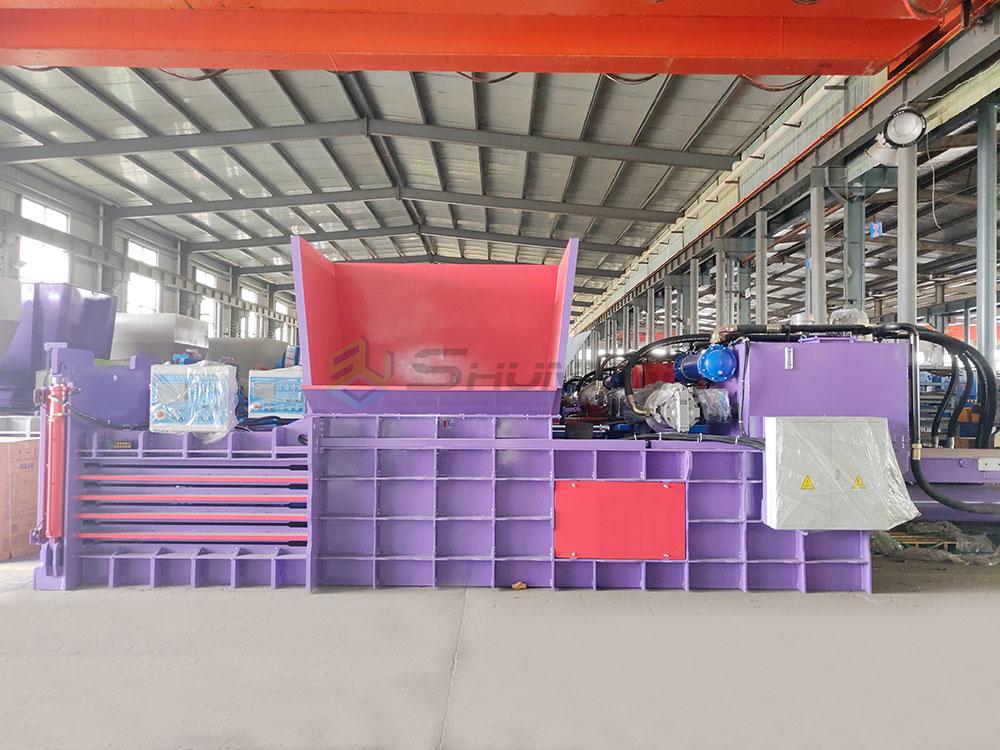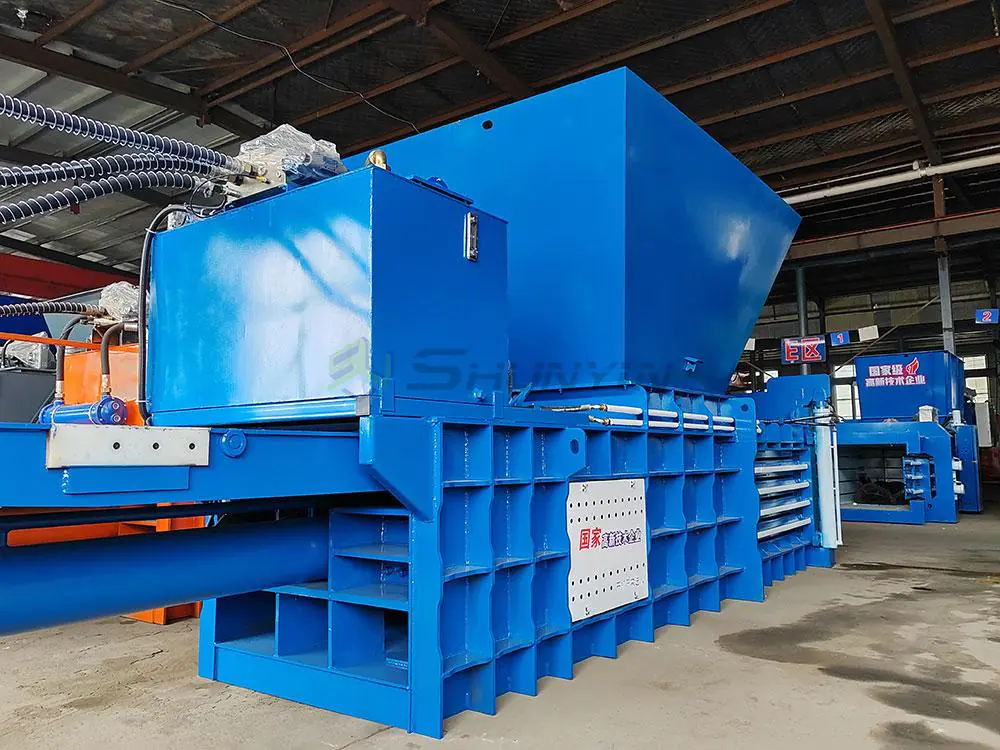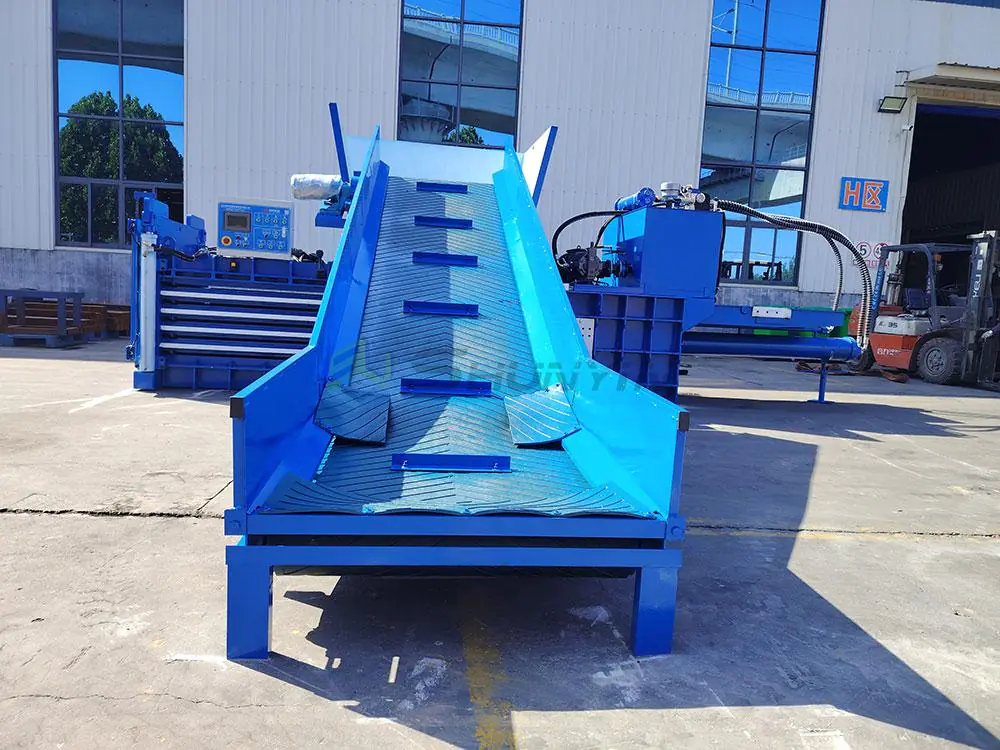Waste volume choking your operations? I’ve installed 300+ balers globally—cardboard compression slashes costs immediately. Follow these insights.
Horizontal balers crush waste volume by 80%, reclaiming valuable floor space while generating recycling revenue. For maximum ROI, pair quality machinery with lean processes—avoid common operational pitfalls.

Years helping clients like Lambert taught me balers only deliver results when properly integrated. Let’s explore four critical decisions you’ll face.
Is it worth baling cardboard?
Ever calculated cardboard disposal’s hidden costs? Transportation and landfill fees drain 3-5% of warehouse profits monthly. Baling transforms expenses into income instantly.
Absolutely—baling cardboard cuts disposal costs 60% and creates sellable bales worth $75-$110/ton. Most facilities recover investment in 3-6 months through waste reduction and revenue streams.

Don’t trust generic ROI calculators—they miss key variables. Actual payback depends on three factors:
Volume vs. Cost Analysis
Track cardboard output for 10 business days. Use this formula:
Monthly Savings = (Current Disposal Cost) - [(Baler Operation Cost) + (Transportation Savings)]
Typical outcomes:
| Facility Size | Monthly Savings | Payback Period |
|---|---|---|
| Small (<5 tons/week) | $700-$1,400 | 9-12 months |
| Medium (10 tons/week) | $2,100-$4,500 | 5-8 months |
| Industrial (20+ tons/week) | $8,000-$15,000 | 3-4 months |
Recycling Market Nuances
Bale prices fluctuate regionally. For Canada:
- Corrugated cardboard: $80-$95/ton
- Mixed paper: $65-$80/ton
- Contaminated loads drop value 30-50%
Labor vs. Automation Balance
Manual tie balers require 3-5 worker hours daily. Our autotie models cut labor to 45 minutes while increasing daily output by 40%. Test different configurations before buying.
How much space does a cardboard baler save?
Seeing stacks of loose cardboard occupy prime warehouse real estate? This frustrates me too—space costs money.
Horizontal balers reclaim 72-85% of waste footprint immediately. For warehouses, compacting 1 ton of loose cardboard saves 450 cubic feet—equating to $900-$1,600 monthly rental value per machine.

Space savings multiply when optimized workflow integrates with operational needs:
Pre- vs. Post-Baling Volume
Untreated cardboard occupies 10x more space than baled material. See transformation rates:
| Material State | Volume per Ton | Floor Space Needed |
|---|---|---|
| Loose Cardboard | 750-900 cu ft | 100-150 sq ft |
| Baler Output | 40-60 cu ft | 10-15 sq ft |
| Savings Potential | ↑700-850 cu ft | ↑85-90% floor space |
Space Utilization Case Study
One Canadian distribution center saving 2,800 sq ft monthly now hosts high-value inventory:
| Original Use | Freed Space Utilization | Value Created |
|---|---|---|
| Cardboard Storage | Pallet Racking Expansion | $210,000/yr revenue |
| Staging Area | Value-Added Services | $160,000/yr profit |
| Equipment Corridor | Cross-Docking Zone | 30% faster loading |
Position balers near loading docks—we help redesign layouts remotely via video survey.
What is a downstroke baler?
Confused about baler types? I’ve seen buyers mistakenly choose vertical models for horizontal needs—creating bottlenecks.
Downstroke balers compress materials vertically using overhead pressure—ideal for low-volume shops. For high-output recycling, horizontal models handle 4x more material with safer loading access.

Choosing wrong costs thousands. Understand mechanics before investing:
Structural Differences
Downstroke (vertical) balers operate like giant panini presses—good for metal scraps but inefficient for cardboard:
| Feature | Downstroke Balker | Horizontal Baler |
|---|---|---|
| Compression Direction | Top-down | Sideways |
| Typical Daily Capacity | 1-3 tons | 5-20 tons |
| Feed Opening Size | Narrow (2-3 ft) | Wide (5-8 ft) |
| Material Flow | Manual loading height | Conveyor compatible |
Operation Risks
Vertical units create safety hazards:
- Arm reach height increases fall risks
- Hydraulic oil leaks cause slip hazards
- Limited visibility during operation
One client reduced workplace incidents by 75% switching to our horizontal models with ground-level feed decks.
What is the purpose of a baler?
Think balers only crush waste? They transform entire recycling economics. Canadian client Lambert turned baler profits into a new production line.
Balers condense recyclables into transportable units, slashing haulage costs 60-90% while enabling material sales. They extend landfill lifespans and create sustainability metrics that boost brand value.

Beyond compaction, top-performing facilities unlock four revenue dimensions:
Waste-to-Resource Conversion
Cardboard transitions from expense to asset:
- Baling cost: $18-22/ton
- Market value: $75-110/ton
- Net gain: $53-92/ton
Ancillary Benefits
- Reduced fire insurance premiums through compact storage
- Lease negotiation leverage with freed space
- Environmental certifications attracting premium clients
Integration Framework
Successful programs combine:
- Source separation training
- Auto-tie horizontal balers
- Commodity tracking software
- Regional broker partnerships
Test your program strength—our assessment identifies optimization zones.
Conclusion
Horizontal balers revolutionize waste economics through space, cost, and revenue gains. Need customized calculations? Contact our engineers now for warehouse-ready solutions.


